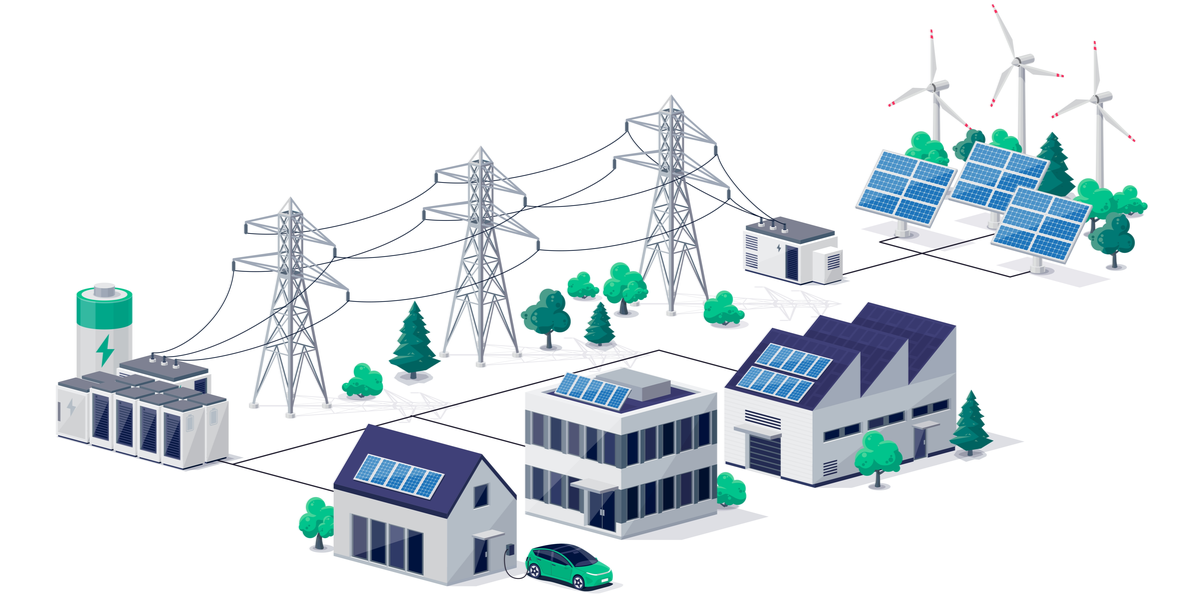New report shows energy efficiency’s impact on buildings
Let's Save Energy
Alliance to Save Energy's Blog
New report shows energy efficiency’s impact on buildings

The American Gas Association (AGA) recently released Uncovering the US Natural Gas Commercial Sector, a report that focuses on the diversity within the commercial segment of the natural gas market. The comprehensive report includes a breakdown of the basic metrics, characteristics (from Energy Information Administration’s (EIA) Commercial Building Energy Consumption Survey), economic contributions, evolution, and growth projections of the commercial segment of the natural gas market.
At the Alliance, we were pleased see the impact that energy efficiency has on reducing the energy intensity of commercial buildings, including natural gas consumption. While recent growth in the commercial market has increased natural gas consumption overall, buildings are using less energy per square foot. Even though EIA projects that commercial floor space will continue to grow 1.1 percent per year through 2040, current trends suggest that floor space will continue to become more efficient, with energy intensity falling by over 30 kBtu per square foot.

How is commercial floor space becoming more efficient? Three main reasons: building energy codes, appliance and equipment standards, and utility-sponsored energy efficiency programs.
Commercial building energy codes are adopted by states and cities to mandate minimum requirements for energy-efficient design during the construction phase of new buildings and upgrades to existing buildings, where there is most opportunity to integrate efficiency measures. The most recent version of commercial building energy codes, ASHRAE 90.1-2016, includes both prescriptive and whole building efficiency requirements that have been updated every few years since its inception in 1989.
The US Department of Energy (DOE) sets national commercial appliance minimum efficiency standards that cover a wide range of commercial products from space heating and refrigeration to entire combined heat and power (CHP) systems. Highly efficient natural gas appliances and equipment for commercial buildings are already commercially available and can provide immediate energy productivity gains. Building codes and appliance standards reduce consumption of energy, create jobs, bolster economic activity, and lower customer utility bills.
Many natural gas utilities have offered programs designed to help customers reduce energy use and cost through energy efficiency measures for over 30 years. Though primarily for residential customers at first, recent expansion of efficiency improvement efforts in other sectors has encouraged utilities to extend program offerings to commercial customers as well. New programs not only target specific technologies and equipment that meet efficiency standards, but also incentivize efficiency upgrades to whole facilities and systems. In 2014, natural gas utilities spent $203 million on energy efficiency programs targeting commercial end users, approximately 16 percent of all natural gas utility energy efficiency program spending. Energy efficiency measures are still cost effective even when natural gas prices are low and are cheaper than building new natural gas infrastructure to supply increasing demand from the commercial sector.
With continued improvements to building energy codes and appliance standards as well as energy efficiency programs offered through natural gas utilities, commercial building floor space will continue to become more efficient even as the commercial sector grows.
STAY EMPOWERED
Help the Alliance advocate for policies to use energy more efficiently – supporting job creation, reduced emissions, and lower costs. Contact your member of Congress.
Energy efficiency is smart, nonpartisan, and practical. So are we. Our strength comes from an unparalleled group of Alliance Associates working collaboratively under the Alliance umbrella to pave the way for energy efficiency gains.
The power of efficiency is in your hands. Supporting the Alliance means supporting a vision for using energy more productively to achieve economic growth, a cleaner environment, and greater energy security, affordability, and reliability.



